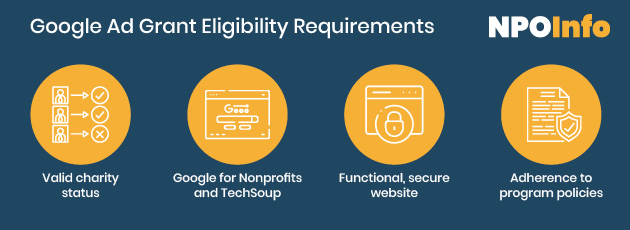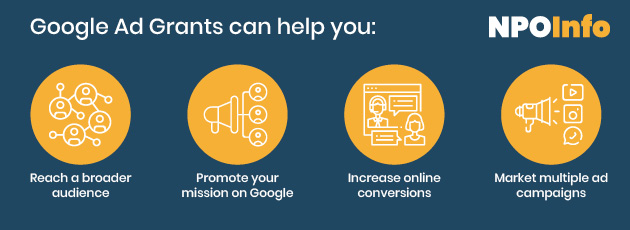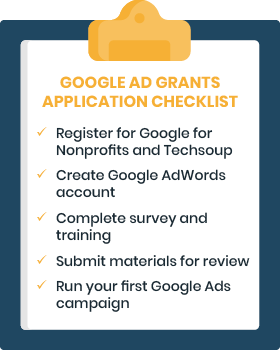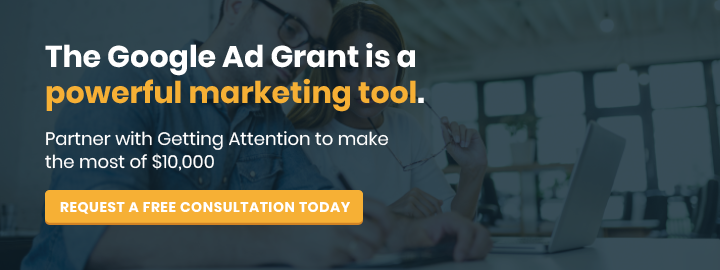Is Your Nonprofit Website Google Ad Grant Ready? 4 Signs
The Google Ad Grant represents an incredible marketing opportunity for nonprofits to get their name in front of online users. Through this program, Google offers eligible nonprofits $10,000 worth of ad credits to use every month.
Getting Attention’s guide to Google Ad Grant Requirements points out that applying for this grant is really a two-part process. We’ll focus on the first step, which involves having your website approved by Google to ensure that your ads lead to updated, quality content.
According to Google’s website policy, “Your site must have a robust and clear description of your organization, mission, and activities. It must have substantial content, updated events and information, clear navigation, and clear calls to action for a high-quality user experience.”
So, what do all of these website must-haves look like? And how can your organization know its website is ready to harness the power of the Google Ad Grant? In this guide, we’ll break down the top four signs your website is on par with these standards to ensure your eligibility.
You’ve implemented proper security measures
First things first—your website must be secure to protect any visitor. Here’s how you can tell that your website protections are reliable:
- Your nonprofit website represents a valid charitable status. While Google does not require you to include your EIN (in the case of U.S.-based nonprofits), doing so is still a good idea since it does not pose any security threats. Rather, it indicates that you are registered as a 501(c)(3) organization to anyone considering donating, volunteering, or signing up for an event.
- You’ve obtained an SSL (Secure Socket Layer) Certificate. This encrypts any data collected on your site and protects donors’ payment information, names, and other data that hackers could reach. If your web address begins with https instead of http, you’re SSL-certified. You can obtain your SSL certificate by verifying your site through ICANN Lookup, generating the Certificate Signing Request (CSR), validating your domain by submitting your CSR to the Certificate Authority, and installing the certificate on your site.
These measures will enable Google to mark your website as trustworthy and reliable. And here’s a big plus: Google’s transparency report found that Windows, Mac, and Android users spend 85% of their browser time on SSL-certified websites. This means that implementing these requirements is not only a data hygiene best practice but also a strategy to boost your site traffic!
You’ve prioritized user experience
In a broad context, user experience (UX) encompasses every interaction a user has with your website. To gauge your site’s current UX, ask yourself questions like, “Could our visitors be frustrated by the site’s layout?” or “How easily can they learn about our mission?”
Once you’ve identified some UX problem areas, you can make sure these best practices are incorporated:
- Clear navigation. Descriptive labels and a sticky menu are the hallmarks of a navigable site. This means your menu is accessible even while scrolling through a page and each label accurately describes your page content.
- No broken links. Each link should lead to the intended destination. You can use tools like Google Search Console or Screaming Frog to identify and update broken links. Be sure your external links also lead to the right sites as well.
- Quick load speeds. Arguably, your load speed is an influential factor in determining other website metrics such as donation rates since users will quickly abandon a slow-loading site. Optimize your image files and leverage browser caching to speed things up.
- Clear calls to action (CTAs). CTAs like “Donate now” or “Check out our events calendar” should have sufficient contrast, lead to the intended form or page, and be placed in a relevant location.
- Mobile responsiveness. Both desktop and mobile views should provide valuable UX. You’ll need to be sure your content easily loads in mobile view and incorporates a touch-friendly design to ensure elements are accurately sized and spaced out.
Optimizing these elements will streamline the Google Grant application process as you can be confident your website provides top-tier UX once you submit it to Google.
If you’re unsure of where to start or have questions, conduct some research to get a sense of how high-performing nonprofits structure their website experience. For instance, Loop’s roundup of the best nonprofit websites calls out North York Women’s Shelter for its accessible format and enhanced safety features.
Your pages are full of mission-relevant content
Here’s where Google’s description of robust, clear, and updated content comes into play. This means if visitors cannot easily discover who your organization is (or if you’re still in operation), you’re in need of a content refresh. Perform a quick content check-up and be sure the following information is up to date:
- About Us page
- Contact information
- Programs and services
- Giving statistics
- Events calendar
- Testimonials and stories
- Donation and volunteer information
- Blog content
Update your landing pages—donation pages, volunteer sign-up pages, and events pages—first. These are the ones you’ll promote via your Google Ads, so to maximize conversions they should be relevant and helpful for website visitors.
For example, if you plan on using your Google Ad Grant to promote your upcoming fundraising auction, your event registration page should include a clear description of the event details, such as the time, place, and ticket price, and an easy-to-use registration form. Engaging media elements like video teasers and social media share links can also lead to more conversions.
Your website is well-branded
The look and feel of your website should be cohesive and representative of your organization. This will place website visitors at ease and promote your organization’s credibility. A well-branded website will include these elements:
- A logo. Your logo or wordmark should be clearly visible on your landing pages so that visitors instantly recognize your website and get a sense of what your organization stands for.
- Consistent fonts and colors. Keep fonts and colors consistent across your website pages so users are not confused when they go from page to page. Consider using colors that offer a high contrast to keep your content accessible. Sans serif fonts are also a great choice for content as they are easy to read and come in a variety of font choices.
- Clear tone and messaging. Depending on your specific nonprofit brand, tone and messaging will likely vary. For example, a nonprofit that connects people with disabilities to people without disabilities might use a friendly tone to reflect its community-oriented goals, whereas a healthcare-related nonprofit might carry a more informative tone. Just be sure yours is both cohesive and representative across your site.
- High-quality images. Clearly-branded websites can have a wide range of high-quality visuals, from donation infographics to volunteer or beneficiary photos. However, each one should directly relate to your nonprofit’s mission.
If your website exhibits these best practices for branding, you should be good to go. Otherwise, complete an audit to ensure all elements of your site are branded to your organization in a recognizable and professional fashion.
While all of these website requirements might seem rigorous, a well-maintained website will most likely include these elements already. The most substantial requirement you should note is your security, as a website that is not SSL-certified will not be eligible for Google Grant funding.
Otherwise, all other content and UX changes you make will only lead to higher conversion rates as users are more likely to respond to a fresh, inviting website that features helpful content.

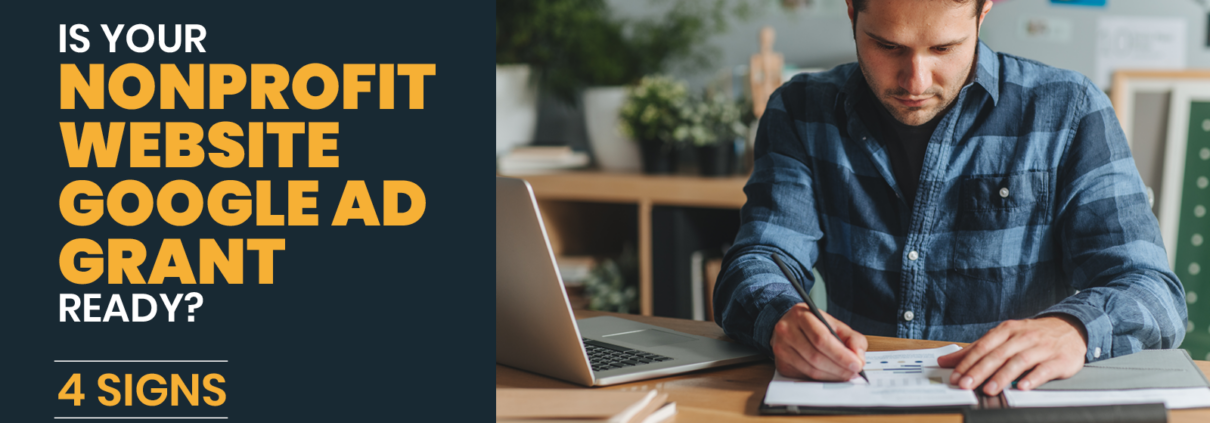
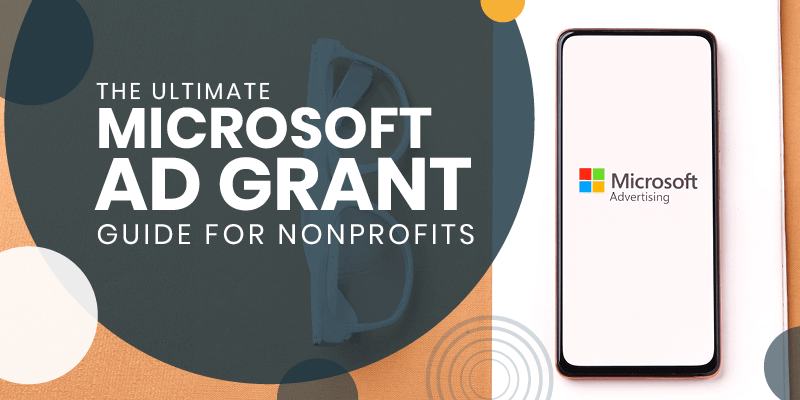

 What Is a Microsoft Ad Grant?
What Is a Microsoft Ad Grant?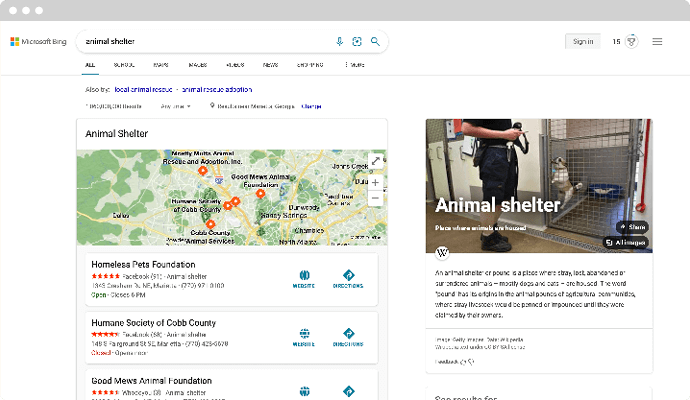
 Why Should My Organization Use Microsoft Ad Grants?
Why Should My Organization Use Microsoft Ad Grants?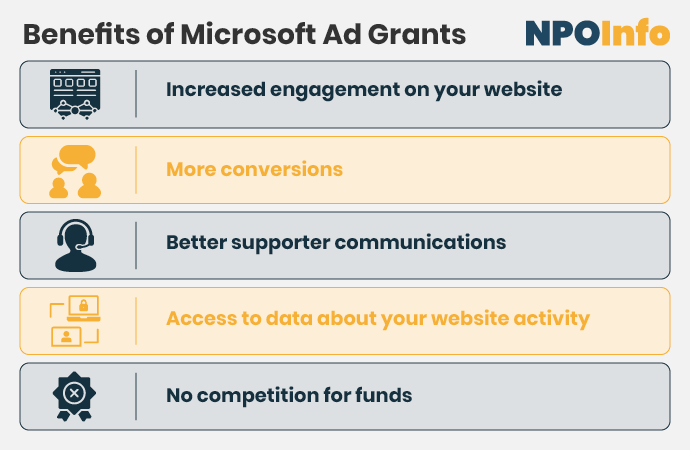
 How Can My Nonprofit Use Its Microsoft Ad Grant?
How Can My Nonprofit Use Its Microsoft Ad Grant?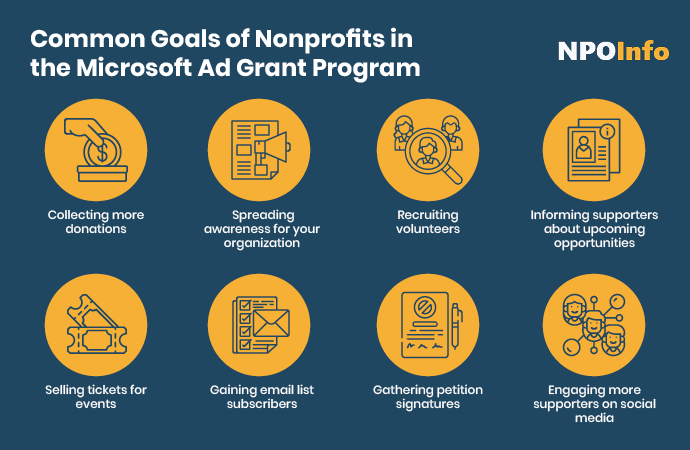
 How Do I Know If My Organization Is Eligible for the Program?
How Do I Know If My Organization Is Eligible for the Program?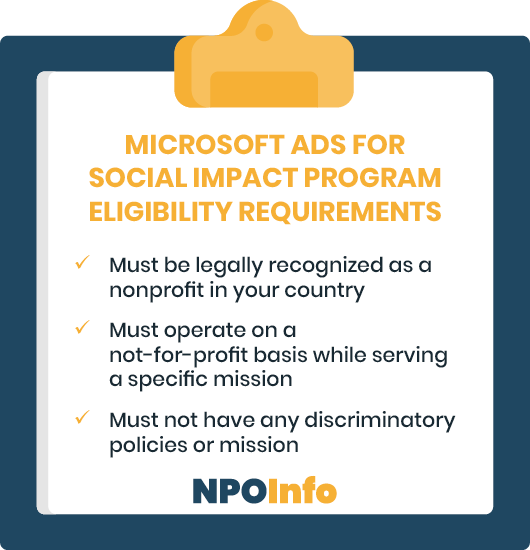
 How Do You Apply for Microsoft Ad Grants?
How Do You Apply for Microsoft Ad Grants? How Do I Optimize My Microsoft Ad Campaigns?
How Do I Optimize My Microsoft Ad Campaigns?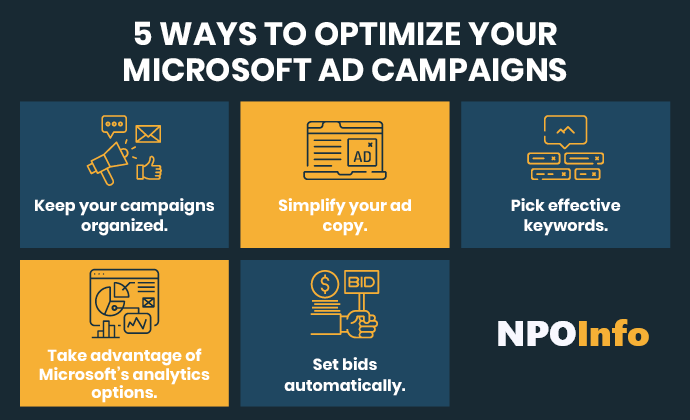
 What If I Need Help Managing My Microsoft Ad Grant Account?
What If I Need Help Managing My Microsoft Ad Grant Account?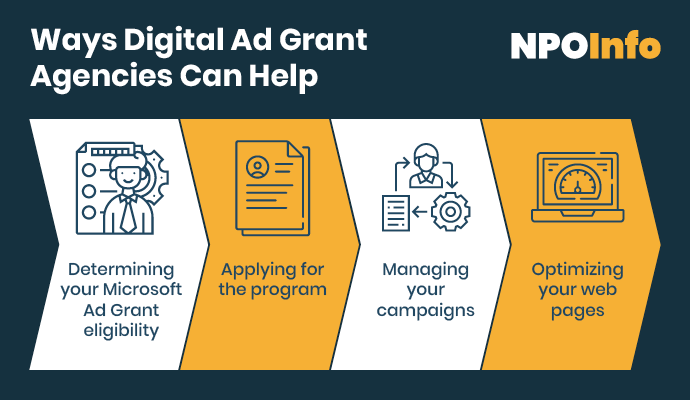
 Additional Resources
Additional Resources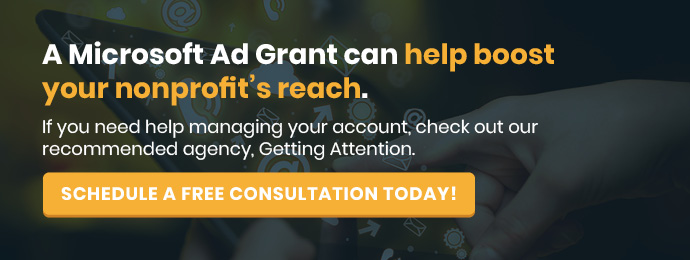
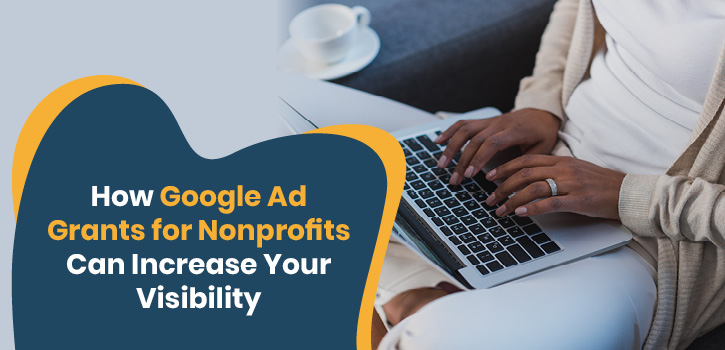


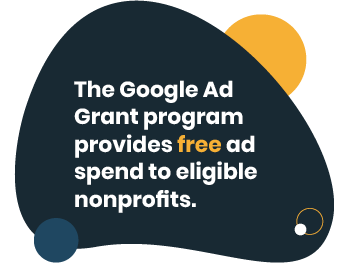 The
The 
